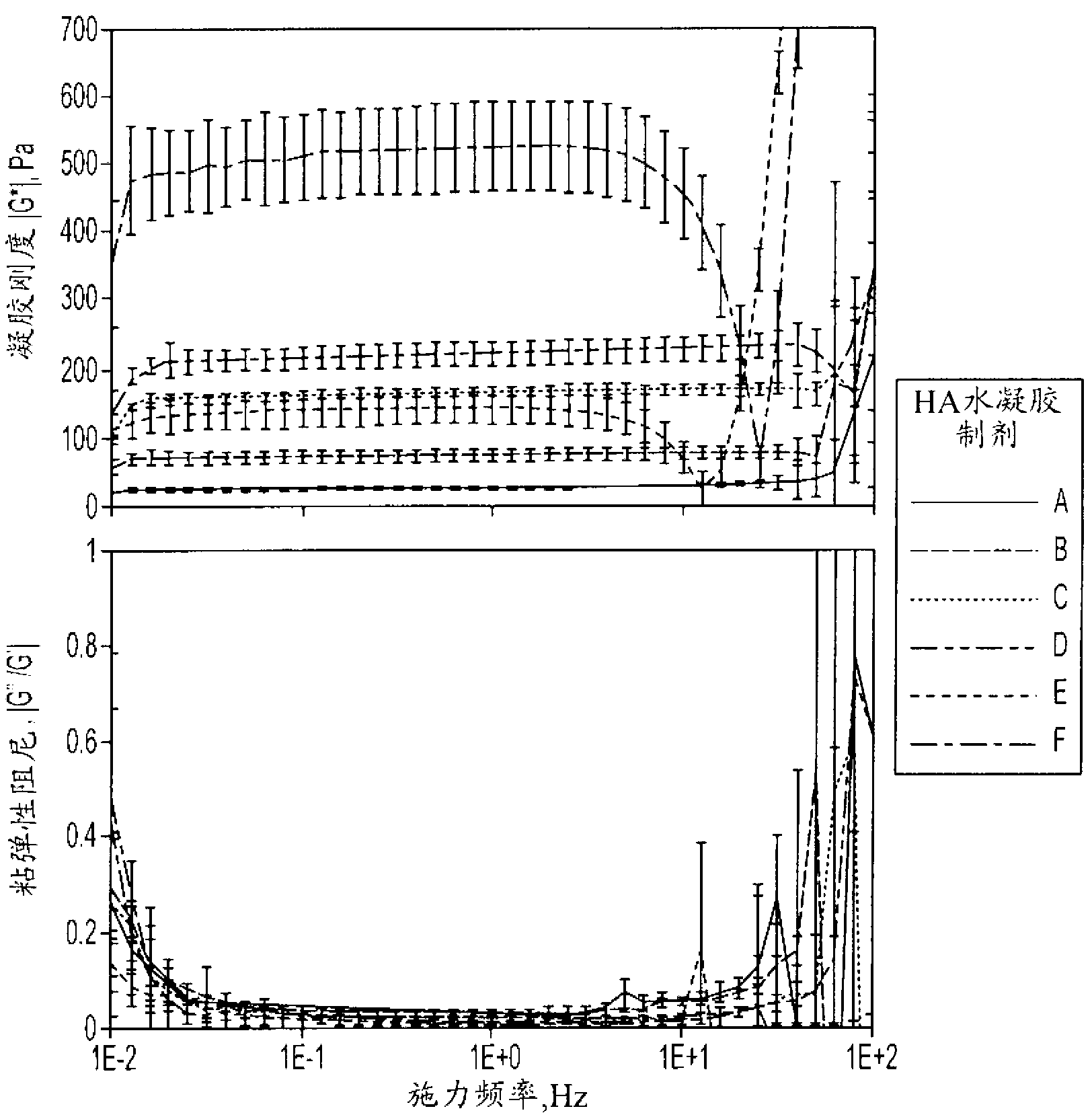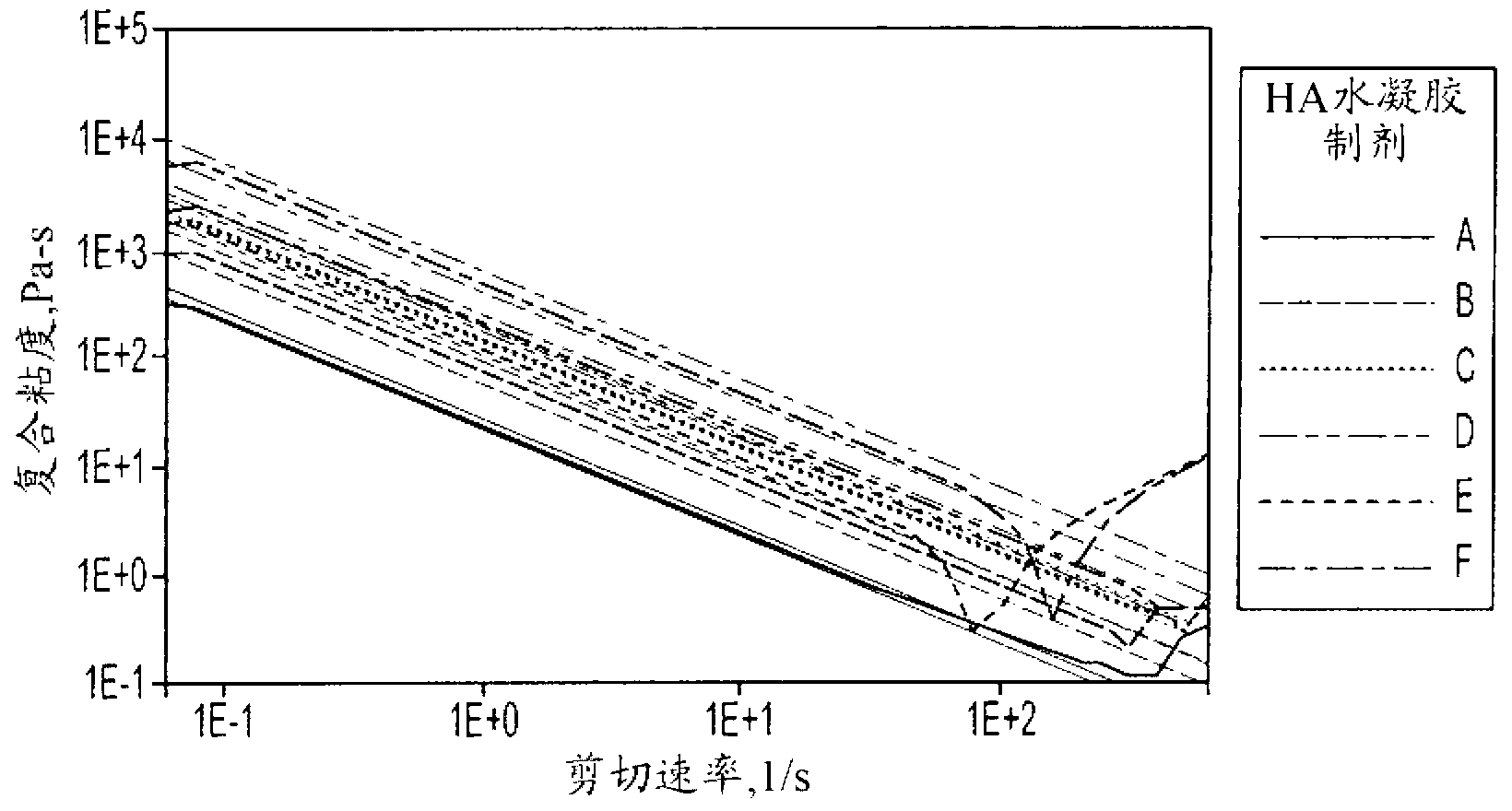Method of engrafting cells from solid tissues
A cell and tissue technology, applied in the field of cell transplantation compositions, can solve the problems of low transplantation efficiency, weak effect, and poor cell survival
- Summary
- Abstract
- Description
- Claims
- Application Information
AI Technical Summary
Problems solved by technology
Method used
Image
Examples
Embodiment 1
[0104] According to the described protocol, mouse liver progenitor cells were isolated from recipient C57 / BL6 mice (4-5 weeks old). In order to "transplant" research, GFP (green fluorescent protein) reporter was introduced into the liver progenitor cells. Then, the cells are mixed with hyaluronic acid (HA) hydrogel, and the HA is cross-linked with poly(ethylene glycol)-diacrylate (PEG-DA) before the HA is introduced into the subject mouse. For introduction / implantation, the mice were anesthetized with ketamine (90mg / kg-120mg / kg) and xylazine (10mg / kg), and the mouse abdomen was opened. Then, cells with or without HA are slowly injected into the anterior liver lobe. The cutting site was closed and the animals were given buprenorphine at 0.1 mg / kg every 12 hours for 48 hours. After 48 hours, the animals were euthanized, and the tissues were removed, fixed, and sectioned for histology.
[0105] In order to determine the cell location in the murine animal model, the "control" hepa...
Embodiment 2
[0109] According to the described protocol, human hepatic progenitor cells were isolated from fetal liver tissue (16-20 weeks). An adenovirus vector expressing luciferase is introduced into the hepatic progenitor cells. Then, before introducing the cells into the subject mice, in the presence of the cross-linking agent poly(ethylene glycol)-diacrylate (PEG-DA), the cells were combined with thiol-modified carboxymethyl HA (CMHA-S) mixed. More specifically, the hydrogel is formed by dissolving the HA dry reagent in KM to obtain a 2.0% (weight / volume) solution, and the crosslinking agent is dissolved in KM to obtain a 4.0% weight / volume solution. Then, incubate the sample in a 37°C water bath to completely dissolve the sample. Collagen III and laminin were prepared at a concentration of 1.0 mg / ml and mixed with the crosslinker / hydrogel at a ratio of 1:4.
[0110] For introduction / implantation, the mice were anesthetized with ketamine (90-120 mg / kg) and xylazine (10 mg / kg), and th...
Embodiment 3
[0117] Human pancreatic progenitor cells were isolated from pancreatic tissue. An adenovirus vector expressing luciferase is introduced into the progenitor cell. As described in Example 2, in the presence of the crosslinking agent poly(ethylene glycol)-diacrylate (PEG-DA), the cells were combined with thiol-modified carboxymethyl HA (CMHA-S) mixing.
[0118] For introduction / implantation, the mice were anesthetized with ketamine (90mg / kg-120mg / kg) and xylazine (10mg / g), and the mouse abdomen was opened. Then, cells with or without HA are slowly injected into the pancreas. The cutting site was closed and the animals were given buprenorphine at 0.1 mg / kg every 12 hours for 48 hours. After 48 hours, the animals were euthanized, and the tissues were removed, fixed, and sectioned for histology.
[0119] In order to determine the cell location in the murine animal model, the "control" progenitor cells were infected with an adenovirus vector expressing luciferase at 50 POI at 37°C for...
PUM
| Property | Measurement | Unit |
|---|---|---|
| shear modulus | aaaaa | aaaaa |
| thickness | aaaaa | aaaaa |
| diameter | aaaaa | aaaaa |
Abstract
Description
Claims
Application Information
 Login to View More
Login to View More - R&D
- Intellectual Property
- Life Sciences
- Materials
- Tech Scout
- Unparalleled Data Quality
- Higher Quality Content
- 60% Fewer Hallucinations
Browse by: Latest US Patents, China's latest patents, Technical Efficacy Thesaurus, Application Domain, Technology Topic, Popular Technical Reports.
© 2025 PatSnap. All rights reserved.Legal|Privacy policy|Modern Slavery Act Transparency Statement|Sitemap|About US| Contact US: help@patsnap.com



